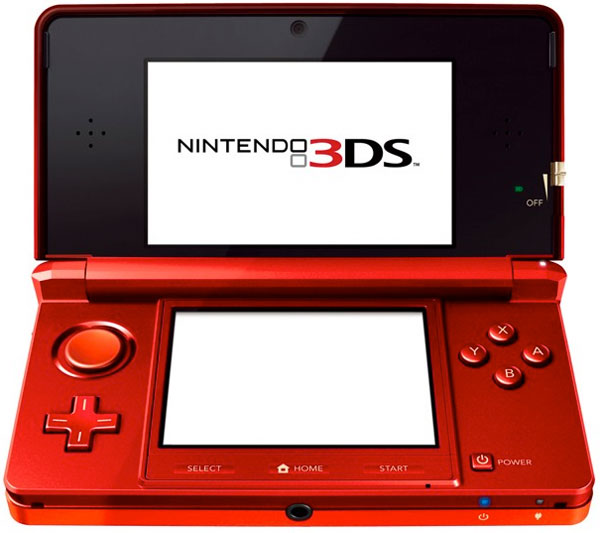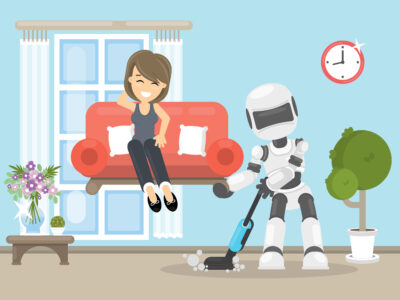
The Nintendo 3DS is Nintendo’s latest handheld video game system. It lets the gamer see 3D without using special glasses. It shipped out with a health-warning label on the box, indicating that the game’s 3D mode should only be used by children age 7 and older. Nintendo was concerned that the 3D effect could damage the vision of younger children.
Why it is Important to Catch Eye Problems Early
Nintendo’s warning could have hurt the sales of the handheld video game, but optometrists from the American Optometric Association (AOA) and experts from the 3D@Home Consortium teamed up to research 3D viewing and decided it can actually alert people about undetected vision disorders which, if caught early can be corrected and prevent further learning problems for children.
Some Vision Problems are not found using Eye Charts
If a child playing the Nintendo 3DS cannot see the 3D effect, it could be a cause for concern. This could be a sign of eye problems that have not been identified by testing with eye charts. Optometrists have decided it is a good idea to encourage younger children to try the 3D screen. They claim it will do no harm and could catch vision disorders such as amblyopia, which is also called lazy eye, or other disorders such as strabismus. Strabismus is known by various names like walleyes or crossed eyes.
How 3D Technology Works
A person’s eyes are spaced apart so each eye sees a slightly different view. The brain joins these views together, giving us the ability to judge distance and a sense of depth so we see the world in 3D. This is called binocular vision. To understand how 3D works look into a View-Master; you will see your binocular vision system in action. One of your eyes sees an image. It is the same image but, two cameras have photographed the image from different positions. When your eyes see these images they connect them automatically because each eye sees only one of the images.
How 3D Technology can be used to Identify Eye Problems
Not all people have binocular depth perception. If children have trouble seeing in 3D, this might mean they have problems with their binocular vision. Binocular depth perception can be tested by covering an eye, then while watching the screen in 3D, uncovering that same eye. The child should see the image float out from the screen. If so, their eyes are working together, but if the image stays flat, this may indicate there is a vision problem such as walleye or lazy eye.
What to do if you Notice a Vision Problem with your Child
According to AOA, people should be seen for vision screenings if any of the following are true:
• Experiencing headaches while viewing 3D or afterward
• Feeling lightheaded or sick to your stomach while watching 3D
• Having trouble with eyes adjusting back to normal after watching 3D movies or television
• Being more comfortable watching 2D television or movies rather than 3D television or movies
• Viewing 3D is not as vivid as it should be
Parents will be relieved to know this new game system will not harm their young child’s vision. They will appreciate knowing it can alert them to vision problems. They know if their children have good vision, they will have fewer problems learning at school. Experts plan further research on 3D technology and vision care.
About: Sara Roberts writes for Just Eyewear, a discount eyeglasses and prescription sunglasses online retailer.










Comments